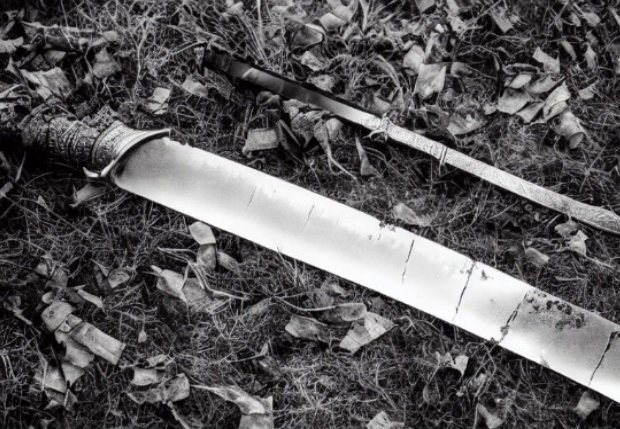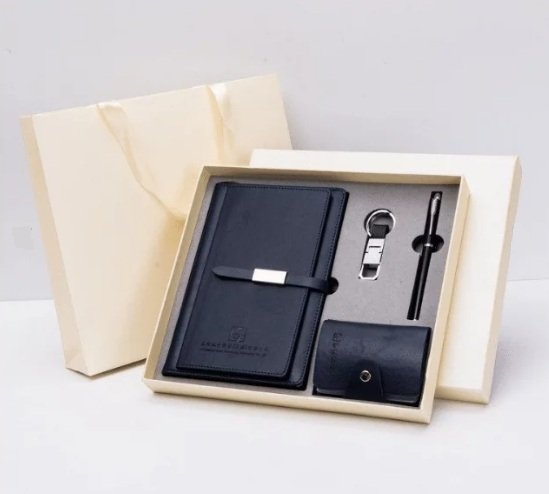Japanese swords are famous and have always been considered as symbol of both beauty and honorable martial-art-based culture. Yet many people mistakenly assume all Japanese swords are “katanas.” Fortunately, that’s far from the truth – there are actually various types of Japanese swords, each with unique characteristics, histories, and purposes that may or may not include being considered “katanas.” Let’s examine their various varieties as well as what truly constitutes one becoming one.

Definition of Katana
In general, a katana is an exclusive Japanese weapon with specific peculiarities. Normally it has a single edged and curved shape, with a total length of blade from 60 to 80 centimeters or 24 to 31 inches long. Intended more for cutting than thrusting, its design incorporates slight curvatures on its blade for optimized slashing motions. Hand forged steel blades may feature folding and tempering techniques as part of its construction while it also boasts its trademark long handle, or “Tsuka”, to allow firm grip during close combat scenarios.
Historical records show that the Katana was chosen by Japan’s warrior elite class known as Samurais to represent their honor and discipline during battle. Due to its elegance and effectiveness in battle, the weapon also came to represent more than just war; over time its design evolved beyond simply combat tools to become part of rituals and ceremonies and became symbolic of Samurai life itself.
Different Types of Japanese Swords
Although the katana may be best known, Japanese swordsmiths have created various other blades designed for specific functions and purposes over time. Their distinction can often be determined by size, shape, or intended usage.
The wakizashi is a shorter sword that typically ranges between 30-60 centimeters in length and was traditionally worn alongside the katana as part of the daisho in traditional Samurai garb. A daisho refers to the combination of both blades worn together; typically, one being used during battle and one for close quarters combat, ritual suicide (seppuku) or as backup weaponry.
The tanto, with its dagger-like blade, is another key type of Japanese sword. Measuring under 30 centimeters in length, the tanto was often used for self-defense or utility work such as cutting or carving; its small size made it perfect for stealthy use by samurai warriors who may carry or wear one as part of their uniforms.
Another term often mistaken for the katana is “uchi-gatana.” This general term applies to any sword worn with its edge facing upward and is typically used to describe swords similar to katana; however, this generalization makes uchi-gatana less specific as it refers to all forms of Japanese sword popular during Kamakura (1185-1333).
Odachi or Nodachi swords will attract those who enjoy larger blades. These longer than standard katana swords often reach over 100 centimeters, making them great for battlefield use where their immense reach allowed warriors to strike enemies from far distances; however, their bulk made close combat difficult and as warfare tactics changed these long swords fell out of favor as warfare tactics did too.
Historical Development of Japanese Swords
The development of Japanese swords dates back centuries, evolving with each cultural and military need of different periods. Early swords such as the chokuto (straight sword) and tachi were designed for horseback combat during Heian (794-1185). Longer versions were often worn suspended edge down instead of edge up like in their more famous relative: the katana.
The transition to the katana began during the Kamakura period when demand for foot soldiers’ swords increased significantly. With its curved design enabling swift, effective cuts quickly drawn from its scabbard, the katana quickly became better-suited for close combat tactics than its counterparts at this time. Over time as power increased among samurais their swords became iconic symbols of authority and status that are still widely associated with them today.
During the Edo period (1603-1868), the katana underwent further refinement both visually and functionally. Swordsmiths perfected their craft, leading to some of the most beautiful and technically advanced blades ever produced in Japan’s history. Once used as weapons of war, the katana now held cultural and spiritual significance rather than military utility.

Katana Versus Other Japanese Blades
When thinking of Japanese swords, the katana often comes to mind first. However, it’s essential to recognize the differences between this blade and other Japanese ones; such as in its shape, size and intended use – such as its curve being best suited for slashing while its straight edge was more suitable for thrusting or thrusting thrusts; finally, the tachi was worn edge down like its straight-edge counterpart but boasted more pronounced curvatures which made it useful during cavalry combat situations.
The wakizashi is often mistaken for a miniature version of a katana due to its similar design, though its purpose was not for direct combat purposes but as an adjunct weapon for accompanying the larger blade in various situations – indoor or close quarter combat, where its length might prove impractical for use, for instance.
These swords differ in length and curvature; with the katana serving as an optimal balance of versatility and length; longer swords like the Nodachi or Odachi having been designed specifically for battlefield combat situations in which reach was more crucial than speed.
Cultural Significance
The katana, more than simply a sword, stands as an iconic symbol of Japanese cultural history and the samurai class. From a martial perspective, its design was tailored for quick strikes with precision strikes utilizing its curved blade and sharp edge.
But it also holds deep cultural meaning; for the samurai warrior, their sword was an extension of themselves representing honor, discipline, and battle readiness-not simply a weapon but something to respect as part of themselves.
The Katana was an integral part of Samurai culture. Not only was it used on battlefields, but its use also extended beyond battlefields to rituals, ceremonies, and handing down from generation to generation, symbolizing continuity within the code. Craftspeople dedicated their entire lives perfecting each katana they crafted as works of art; swordsmiths often dedicating their entire careers towards perfecting their art form.
Modern and Reproduced Japanese Swords
Contemporary production of Japanese swords still follows traditional methods, though their purpose has changed considerably over time. Modern katanas may still utilize time-honored techniques developed over centuries for weapon making but are typically created for collectors, martial artists and enthusiasts rather than battle. There are still swordsmiths working in traditional ways such as folding steel and applying specific heat treatments; but not all modern swords created follow these standards and mass production can lead to imitation blades which may mislead buyers about what constitutes a real katana.
One of the most prevalent misconceptions about Japanese swords is that any sword with a curved blade must be a katana. While this misconception exists, not every curved Japanese sword qualifies as such a thing – for instance, tachi swords worn edge-down differ greatly from their edged-up counterparts and may lead to confusion due to similar appearance and use. Understanding their subtle differences helps disprove this myth about all curved Japanese blades being simply katanas.
Conclusion
Not every Japanese sword is a katana; that term refers to one specific style with certain characteristics, most notably its distinctively curved blade and symbolism associated with the samurai class. But Japan has a rich history of producing numerous other kinds of blades besides just katanas; these include the wakizashi, tanto, tachi and Odachi which each possess unique designs and purposes – although katanas may be most widely recognized, understanding them all is key in appreciating Japanese culture as whole.



